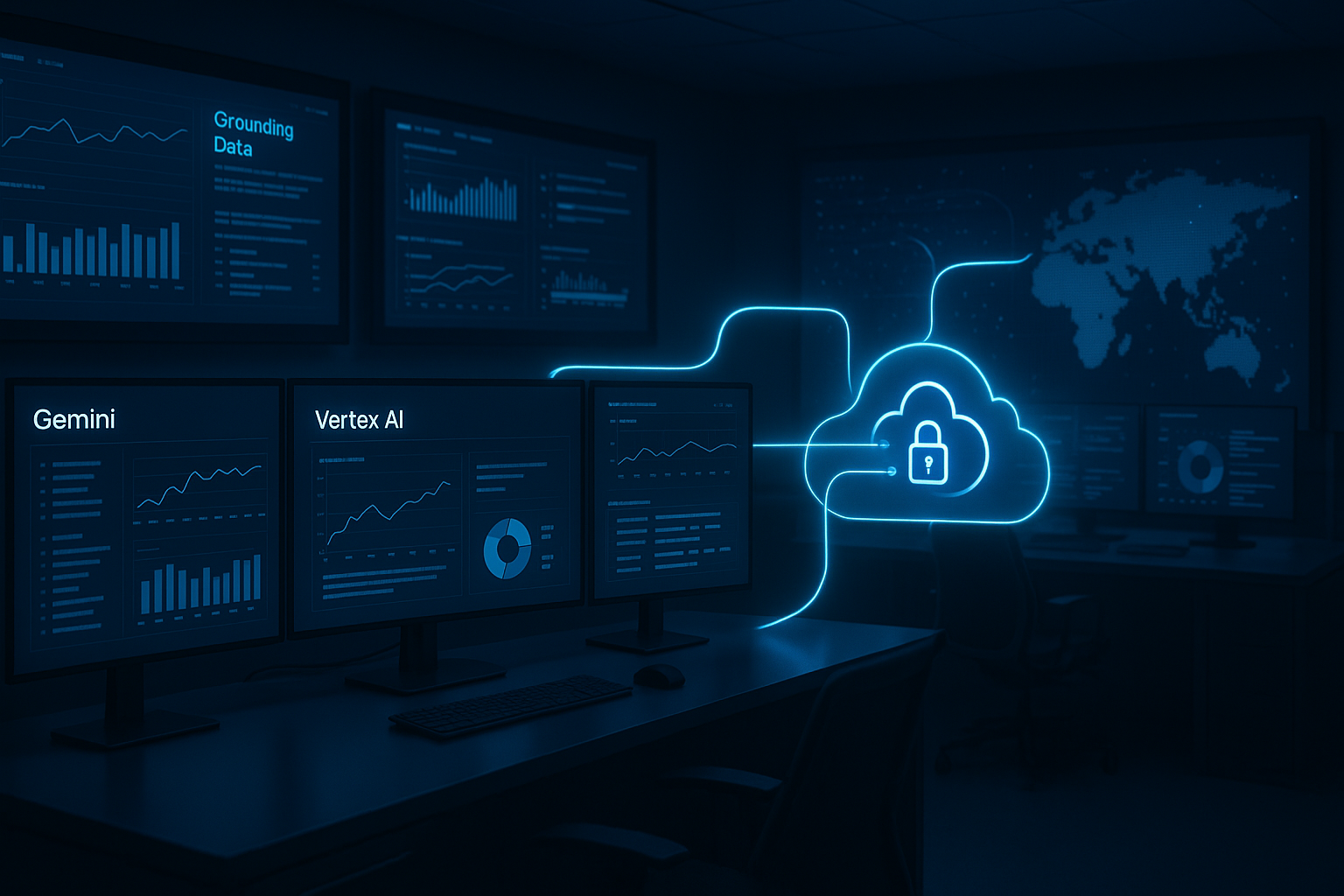Introduction
In the dynamic world of software engineering, the Software Development Life Cycle (SDLC) stands as a cornerstone process. It guides teams in creating, deploying, and maintaining high-quality, efficient software. This blog delves into the SDLC’s phases, models, and best practices, providing insights for professionals seeking to optimize their software development processes.
What is the SDLC?
The SDLC is a systematic process used by development teams to produce software that is top-notch in terms of quality, cost-effectiveness, and time efficiency. Its primary goal is to minimize risks and ensure the software aligns with customer expectations throughout its production and post-production life.
The 7 Phases of the SDLC
- Planning & Analysis: This initial phase involves gathering business requirements and assessing the feasibility of the software project. It sets the stage for what the software will accomplish and how.
- Define Requirements: Post-analysis, this phase focuses on converting gathered information into clear, actionable requirements for the development team.
- Design: In the design phase, the conceptualized ideas are transformed into a software design document, detailing system architecture, programming languages, and security measures.
- Development: Here, the actual coding of the software takes place. Development teams divide the project into modules and start building the software.
- Testing: Before deployment, the software undergoes rigorous testing to ensure functionality, security, and usability. This phase is crucial for quality assurance.
- Deployment: The software is released for use in this stage. Depending on the project, deployment can be automated and scheduled accordingly.
- Maintenance: The final phase involves maintaining and updating the software, fixing any bugs, and possibly adding new features.
Benefits of SDLC
Implementing SDLC provides numerous benefits:
- Increased Visibility: All stakeholders get a clear view of the development process, enhancing transparency and communication.
- Efficient Planning: The SDLC offers a structured approach, allowing for better estimation, planning, and scheduling.
- Improved Risk Management: Systematic processes lead to better risk identification and mitigation.
- Customer Satisfaction: A focus on meeting customer expectations results in higher satisfaction levels.
Integrating Security in SDLC
Incorporating security throughout the SDLC, especially through practices like DevSecOps, ensures that security is a continuous concern, integrated at every phase.
SDLC Models
- Agile Model: Known for its flexibility, the Agile model emphasizes iterative development and customer feedback.
- Waterfall Model: A linear approach where each phase depends on the completion of the previous one.
- Iterative Model: Focuses on progressively enhancing software versions through repeated cycles.
- Spiral Model: Combines iterative development with linear progression, prioritizing risk analysis.
- Big Bang Model: Characterized by a lack of extensive planning, with development beginning immediately based on evolving requirements.
Distinguishing SDLC from Other Methodologies
It’s important to understand how SDLC differs from similar concepts like ALM, STLC, and DevOps. While SDLC focuses on the development of software, ALM covers the entire lifecycle of an application, STLC centers on software testing, and DevOps integrates development with IT operations, emphasizing continuous delivery and collaboration.
Conclusion
The SDLC is a vital framework in the realm of software development, offering a structured approach to creating quality software. Understanding its phases, models, and best practices is crucial for any development team aiming to produce efficient, secure, and user-centric software. As technology evolves, so too will the methodologies and practices surrounding the SDLC, making continuous learning and adaptation key to success in this field.





